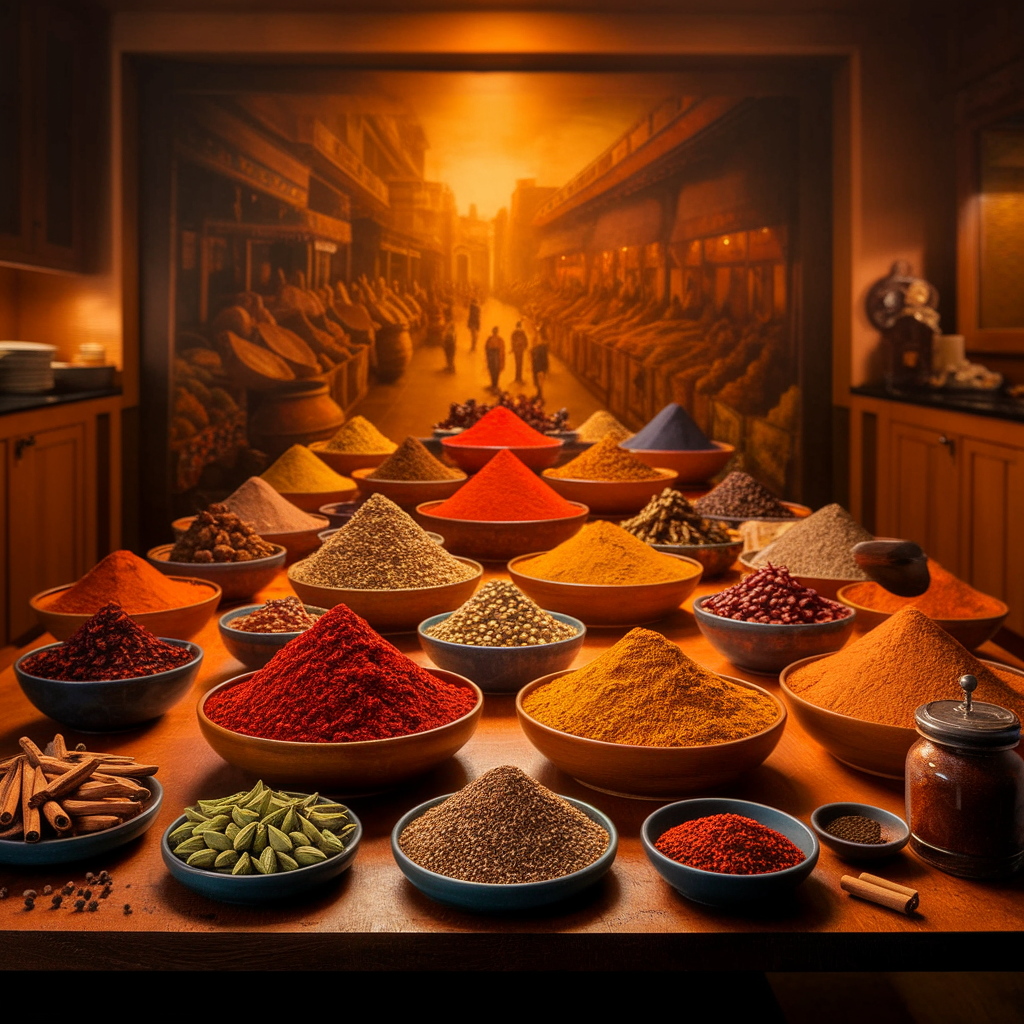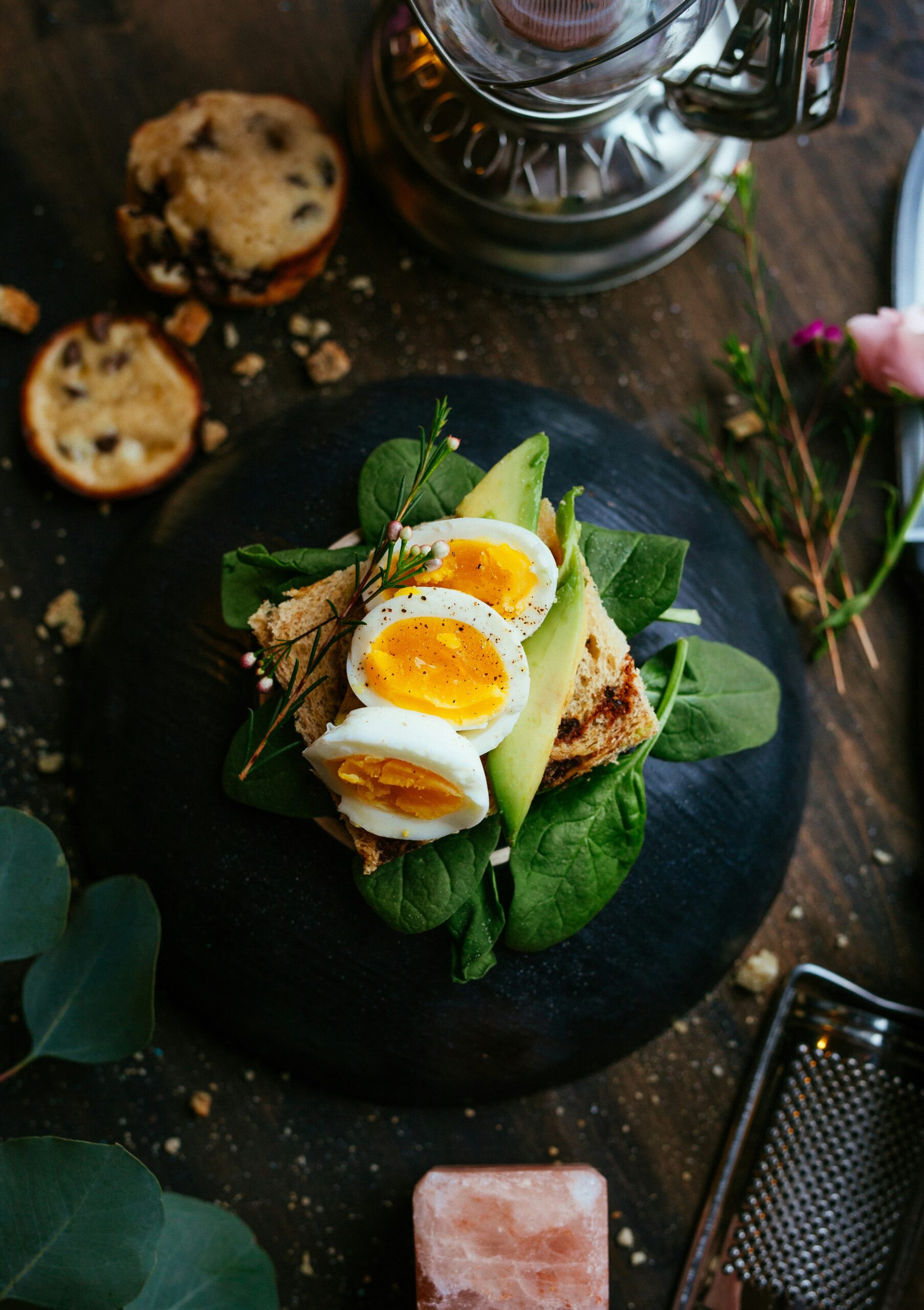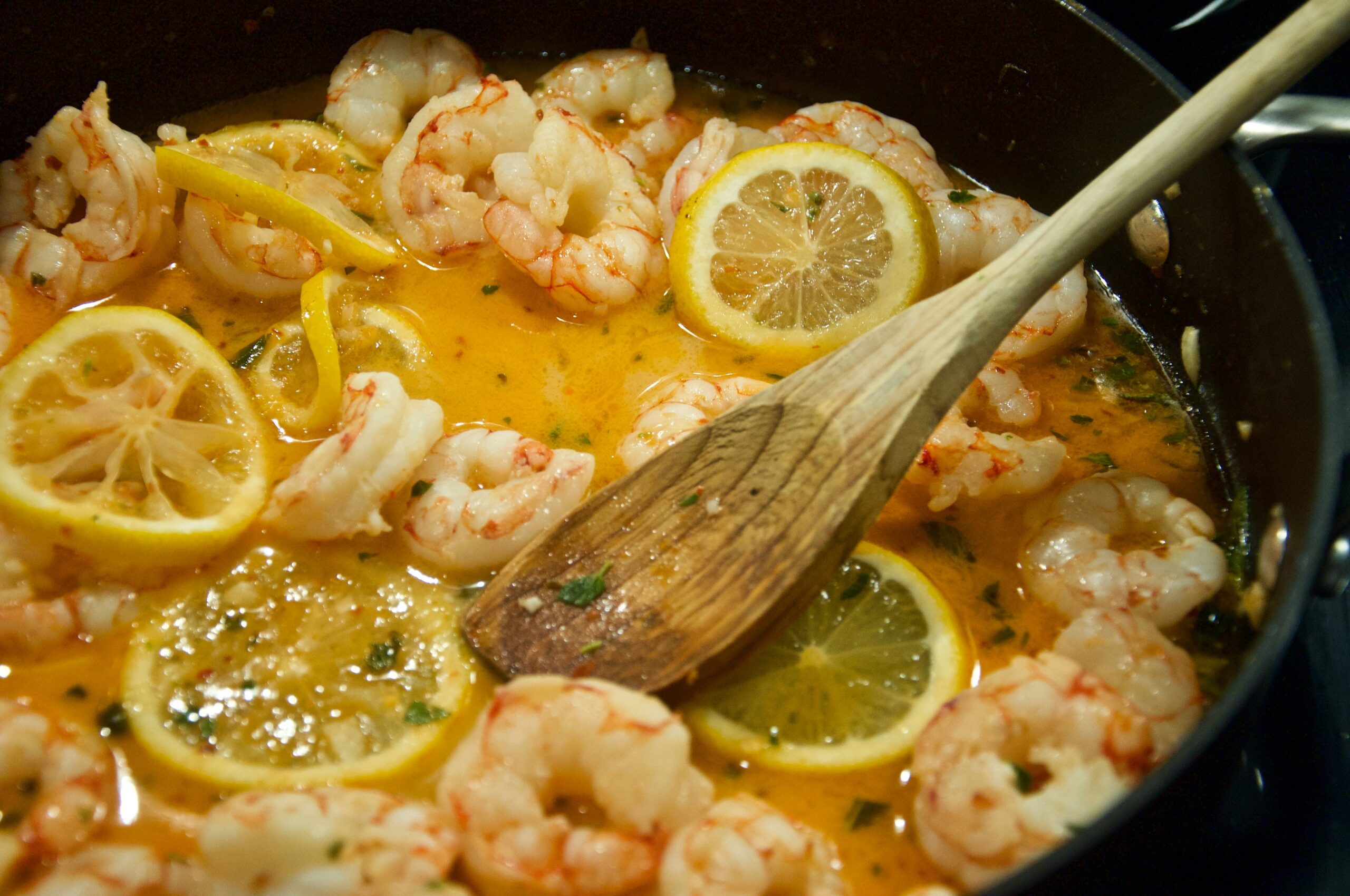Unlock the Must-Try Cooking Techniques That Will Revolutionize Your Everyday Meals
Cooking can often feel like a chore, a necessary evil that stands between us and our favorite TV shows or a cozy evening on the couch. But what if I told you that there are cooking techniques—some old, some new—that could elevate your everyday meals to something extraordinary? Techniques that not only enhance flavors but also save time and bring a bit of joy back into the kitchen? Sounds tempting, right?
In this article, we’ll dive into a variety of cooking methods that can transform your culinary game. From the art of sous-vide to the simplicity of one-pan dishes, these techniques may just revolutionize your everyday meals.
1. Sous-Vide: Precision Cooking for All
Let’s start with a technique that’s all the rage in the culinary world: sous-vide. When I first heard about it, I must admit, I was skeptical. Cooking in a water bath? It sounded more like a science experiment than meal prep. But oh, was I wrong!
Sous-vide, which means “under vacuum” in French, involves sealing food in bags and cooking it to a precise temperature in a water bath. This method ensures that your meats are cooked evenly, resulting in tender, juicy dishes that are simply impossible to achieve through traditional cooking methods. And it’s not just for meats; vegetables, eggs, and even desserts can benefit from this technique.
Imagine a steak cooked to the perfect medium-rare, with no risk of overcooking. You can achieve this by cooking the steak at 130°F for about 1 to 4 hours. When it’s done, a quick sear on a hot skillet gives you that mouthwatering crust. The beauty of sous-vide is that the timing is flexible. You can set it and forget it (just don’t forget the food in the water bath for days on end—trust me, it doesn’t get better with age).
Why You Should Try Sous-Vide
- Control: You can cook your food to the exact degree of doneness.
- Flavor: Sealing food in a bag retains moisture and infuses flavors.
- Convenience: It’s perfect for meal prep. Just set it and go about your day!
Many home cooks worry about the cost of sous-vide equipment, but you don’t need to break the bank. An immersion circulator is relatively affordable and takes up minimal space. Plus, I assure you, once you taste that perfectly cooked chicken breast, you’ll know it was worth it.
2. The Magic of Fermentation
Fermentation might sound like a hipster trend straight out of a Brooklyn café, but it’s one of the oldest methods of food preservation known to humanity. And it’s not just for trendy gut-health enthusiasts; it can add depth and complexity to your meals.
What’s great about fermentation is that it transforms the flavors of your ingredients while also enhancing their nutritional value. Think of kimchi, sauerkraut, or even yogurt. Each of these fermented foods carries a unique flavor profile that can elevate even the most mundane of meals. For example, adding a spoonful of kimchi to a simple rice bowl can take it from bland to bursting with flavor.
Simple Fermentation Projects
If you’re a newbie, start with something easy like pickling vegetables. All you need are some fresh veggies, vinegar, water, sugar, salt, and a clean jar. (I once forgot to add enough salt and ended up with a jar of pickles that could only be described as ‘interesting’—lesson learned.)
Another approachable project is making yogurt at home. Simply heat milk, let it cool to a specific temperature, add a bit of store-bought yogurt as a starter, and keep it warm for several hours. The result? Creamy, rich yogurt that’s a million times better than what you get from the grocery store.
3. One-Pan Wonders: The Art of Simplicity
In our fast-paced world, who has time for a mountain of dishes after dinner? Enter the one-pan meal—a lifesaver for busy weeknights. These recipes are not only easy to prepare but also require minimal cleanup, which is a major win in my book.
One-pan meals can include anything from stir-fries to sheet pan dinners. A personal favorite of mine is the classic sheet pan chicken and veggies. Simply toss chicken pieces and your choice of vegetables (think bell peppers, zucchini, and onions) with olive oil, salt, pepper, and your favorite herbs, then roast it all in the oven. The result is a beautifully caramelized dinner that practically cooks itself!
Benefits of One-Pan Cooking
- Efficiency: Cook everything at once, saving both time and energy.
- Flavor: As ingredients roast together, they share their flavors, resulting in a harmonious dish.
- Less Cleanup: Fewer pots and pans mean more time to relax after your meal.
And let’s be real: who doesn’t love a meal that looks like it came straight from a restaurant without the hefty price tag? Plus, it’s a great way to use up leftovers lurking in your fridge.
4. The Power of High-Temperature Roasting
If you’ve never tried high-temperature roasting, you’re missing out. This technique involves cooking your vegetables or proteins at a high heat, typically around 425 to 475°F. The result? A beautifully caramelized exterior and a tender interior. Seriously, it’s like magic!
Take Brussels sprouts, for example. Toss them in olive oil, salt, and pepper, spread them out on a baking sheet, and roast them for 20-25 minutes. The outside gets crispy while the insides remain soft and flavorful. It’s a dish that can convert even the most ardent Brussels sprouts haters (I’ve seen it happen!).
Why High-Temperature Roasting Works
The key to this technique is the Maillard reaction, which occurs when proteins and sugars react to heat, creating that delicious browned crust we all love. It’s a fancy-sounding term for a very simple concept: high heat equals great flavor.
When roasting at higher temperatures, it’s important to keep an eye on your food to prevent burning. (I once got so distracted watching a baking show that I nearly incinerated a tray of sweet potatoes—lesson learned, folks!) Always check for doneness a few minutes before the time is up, so you can adjust as needed.
5. Embracing the Slow Cooker
The slow cooker is often viewed as a relic of the past, but let me tell you, it’s making a serious comeback. This tool is perfect for busy weekdays or lazy weekends when you want a hearty meal with minimal effort.
Who doesn’t love the smell of a stew simmering away while you go about your day? Simply toss in your ingredients in the morning, set the timer, and by dinner time, you’ll have a flavorful, home-cooked meal waiting for you. It’s like having a personal chef, minus the awkward small talk.
Slow Cooker Tips
- Layering: Always place denser ingredients (like root vegetables) on the bottom and lighter ones on top.
- Don’t Overcrowd: Leave space for heat to circulate; too much food can lead to uneven cooking.
- Use Less Liquid: Slow cooking retains moisture, so reduce the liquid in your recipes.
And if you think slow cookers are just for soups and stews, think again! You can make everything from lasagna to desserts. I even made a surprisingly delicious batch of chocolate lava cakes in mine once (and almost forgot to share—they were that good!).
6. Creative Use of Spices and Herbs
Let’s not forget the role of herbs and spices in transforming a meal. It amazes me how a pinch of this or a sprinkle of that can elevate a dish from “meh” to “wow.” Yet, many home cooks stick to the same staple spices and herbs, missing out on a world of flavor.
Experimenting with spices can be a delightful adventure. For instance, adding cumin to roasted vegetables lends a warm, earthy flavor, while a dash of smoked paprika can bring a smoky depth to a dish. I once tried adding a bit of cardamom to my morning oatmeal, and it totally changed my breakfast game. Who knew breakfast could taste so exotic?
Herbs & Spices to Experiment With
- Cilantro: Fresh and zesty, perfect for garnishing.
- Smoked Paprika: Adds depth to meats and vegetables.
- Sumac: A tangy spice that can brighten up any dish.
Don’t be afraid to play around! You might just discover a new favorite combination that makes your meals unforgettable.
7. The Art of Plating: Because Presentation Matters
Once you have mastered the cooking techniques, it’s time to think about presentation. I know, I know—plating might sound like something only chefs in fancy restaurants worry about. But hear me out: eating with your eyes first isn’t just a cliché; it’s the truth!
A beautifully plated dish can enhance your dining experience and make even the simplest meals feel special. Think of it this way: a well-arranged plate can turn a Tuesday night dinner into a mini-celebration. A sprinkle of fresh herbs or a drizzle of balsamic glaze can elevate your dish from mundane to magnificent.
Tips for Beautiful Plating
- Use Contrast: Pair different colors and textures for visual appeal.
- Keep it Simple: Don’t overcrowd the plate; negative space can be as important as the food.
- Garnish Thoughtfully: A little herb here or a sprinkle of nuts there can add that final touch.
And remember: it doesn’t have to be perfect! The goal is to enjoy your meal, and a little creativity goes a long way.
8. Conclusion: Your Culinary Journey Awaits
As we’ve explored, these cooking techniques—sous-vide, fermentation, one-pan meals, high-temperature roasting, slow cooking, spice experimentation, and thoughtful plating—are all tools in your culinary toolbox. Each method has the potential to add variety, flavor, and excitement to your everyday meals.
It’s about breaking free from the routine of cooking and embracing the joy of experimentation. So, the next time you find yourself staring at a fridge full of ingredients, remember that there are endless possibilities waiting to be unlocked—just like a treasure chest of flavors!
So go on, roll up your sleeves, and get cooking. You might just discover a new passion and a few delicious surprises along the way. Happy cooking!




